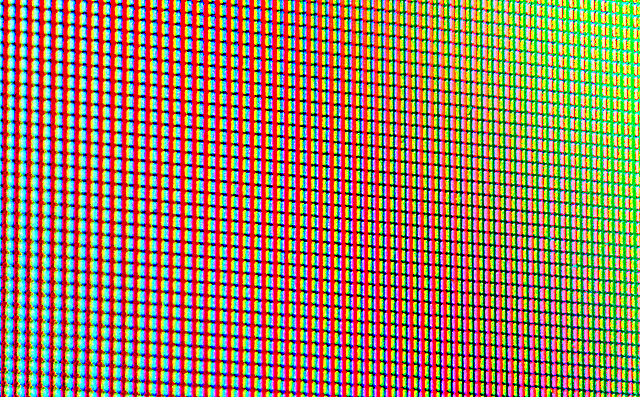“Computers are coming to the living room.”
It seems to me that I’ve been hearing people talk about that for about fifteen years. I remember in the summer of 1998, visiting a Gateway retail store (remember those?) and there was a PC with a composite video out, ready to be connected to your living room PC.
This was before most people had real internet service in their homes, mind you. This was way too early. Gateway’s concept flopped, and so have many other concepts in the past. Let’s take a look at some of the milestones (some may call them speed bumps) on the long and varied road to getting a true PC experience in the living room.
Home broadband: If you’ve been around a while, you remember the sound of a modem dialing. Living room computing is about having something to do with the computer, and until there was something resembling high-speed access to the home, the internet was as much a source of frustration as it was a source of joy.
Before home broadband, devices like WebTV were inexpensive ways to get connected, but they were frustratingly limited.
Wi-Fi: The early 2000s brought reasonable speed to the home, but it wasn’t until wireless networking became common that it really made sense to use more than one computing device. Wiring your house for ethernet was expensive at best and impossible at worst. The Wi-Fi standards ratified around the end of the 20th century brought cheap, reliable wireless communication to homes. Suddenly, no one was stuck in the back bedroom anymore.
DVRs: The first computing device designed for the living room was the DVR. Really a computer in disguise, as DVRs began to gain favor in the 2000s the idea of getting information from the TV came with it. TiVo and ReplayTV were early leaders in the charge to bring interactive content, and both DVRs allowed for wireless networking for a low price.
HDTV: Let’s face it, an old-school television makes a pretty poor monitor. By 2004, flat-panel monitors with resolutions of 1280×1024 were becoming commonplace, and the living-room TV with a true resolution of about 640×480 wasn’t going to cut it. Today’s smartphones look better than that. Starting in 2006, the HDTV revolution moved into high gear, and it brought with it high resolution flat-panel technology that was designed for the living room. Living room computing became a possibility, and that led to…
Home Theatre PCs: If you were an adventurous soul, you could build yourself a home theatre PC by the late 2000s. Open platforms like Linux allowed for customization, while Windows sported a Media Center edition that made things a little easier. It wasn’t for the faint of heart, though, and better things were to come.
Standalone IPTV boxes: Roku and Apple stepped in by 2010, and delivered an internet-connected device smaller than a CD player (come on, you remember those!) that delivered content from the internet to the TV. Services like Netflix brought television content on demand, and DLNA, the standard for interactive content delivery within the home, allowed for sharing of content from home TVs.
Truly “smart” devices: Finally… the stage was set for the first wave of truly “smart” devices like the GoogleTV. GoogleTV stumbled a bit out of the gate with an overly complex structure paired with high price, but the point was made. TV manufacturers put smart content right into televisions, eliminating the need for a standalone box.
Now that you’ve had the history lesson, let’s look to the future. Smart TV technology is cheap, adding less than $100 at retail to the cost of a television. More and more, media is consumed on multiple devices and let’s face it, a smartphone makes for a pretty poor consumption device compared to a big-screen TV. In the next year, Smart TV, meaning the ability to connect the TV to the internet, will become standard, not optional, in all but the least expensive TVs. The result will be an almost transparent transition from smartphone and tablet viewing to true, on-demand content on TV.
It’s hard to know for sure what impact this will have on major television networks and multichannel providers (like cable and satellite companies) but there’s no question things are going to change, in a big way! It’s very possible that within the next few years it will be possible to “cut the cord” completely, just using apps and an antenna to get every single bit of content that once required a cable or satellite bill. All this is possible because the computer has finally come to the living room… except it fooled us all. The computer looks like a TV now.





